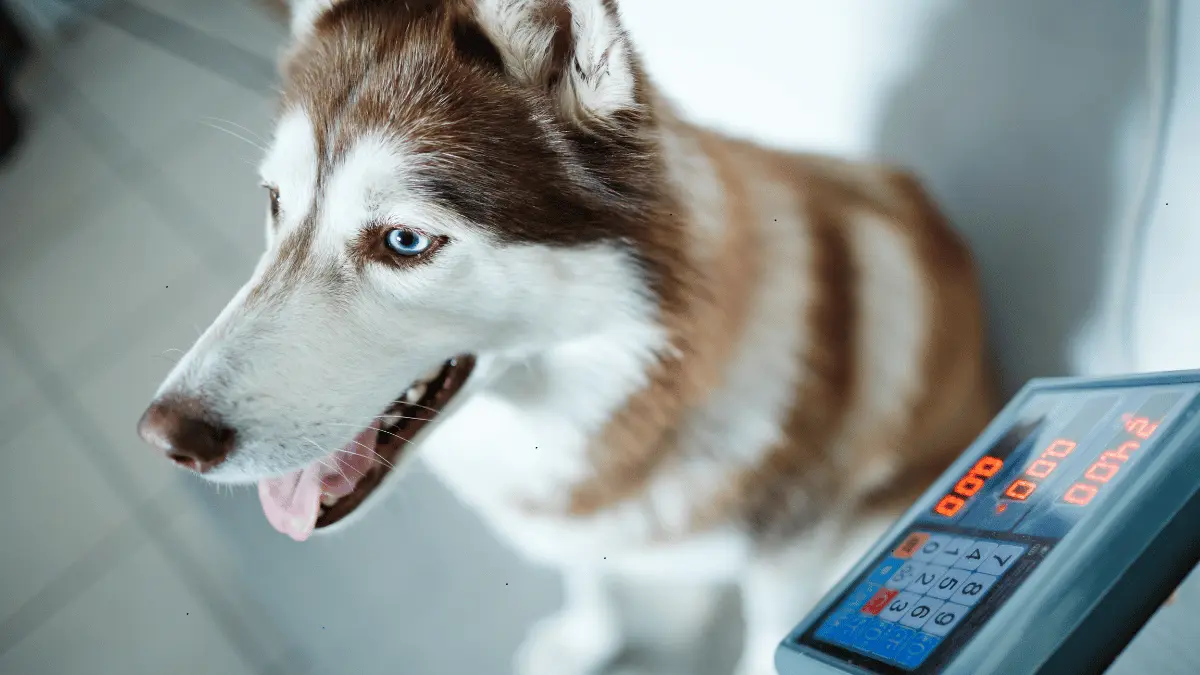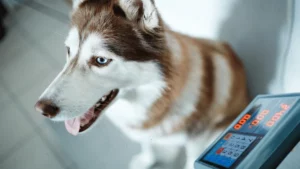How to Deal with PTSD in Dogs
Post-traumatic stress disorder (PTSD) in dogs is a serious condition that can manifest in a variety of ways. If you suspect your dog may be suffering from PTSD, it’s important to seek professional help. However, there are also some things you can do at home to help your dog feel more comfortable and safe.
Signs of PTSD in Dogs
- Behavioral changes: These can include excessive barking, whining, or howling; aggression; fear or anxiety; and avoidance of certain situations or places.
- Physical symptoms: These can include restlessness, pacing, shaking, and loss of appetite.
How to Help Your Dog with PTSD
- Create a safe environment: Make sure your dog has a quiet, comfortable place to rest. Provide plenty of toys and chew bones to help them relax.
- Avoid triggers: If you know what triggered your dog’s PTSD, try to avoid those situations. If this isn’t possible, help your dog learn to cope with them.
- Provide exercise: Regular exercise can help reduce stress and anxiety. Take your dog for walks or play fetch with them.
- Consider professional help: A veterinarian or certified animal behaviorist can help you develop a treatment plan for your dog.
Additional Tips
- Be patient: It may take time for your dog to recover from PTSD. Be patient and understanding.
- Don’t punish your dog: Punishing a dog with PTSD can make their symptoms worse.
- Seek support: There are many online and offline resources available to help pet owners who are dealing with PTSD.
Keywords: dog PTSD, signs of PTSD in dogs, how to help dog with PTSD, treatment for PTSD in dogs, dog anxiety, dog fear, dog behavior














